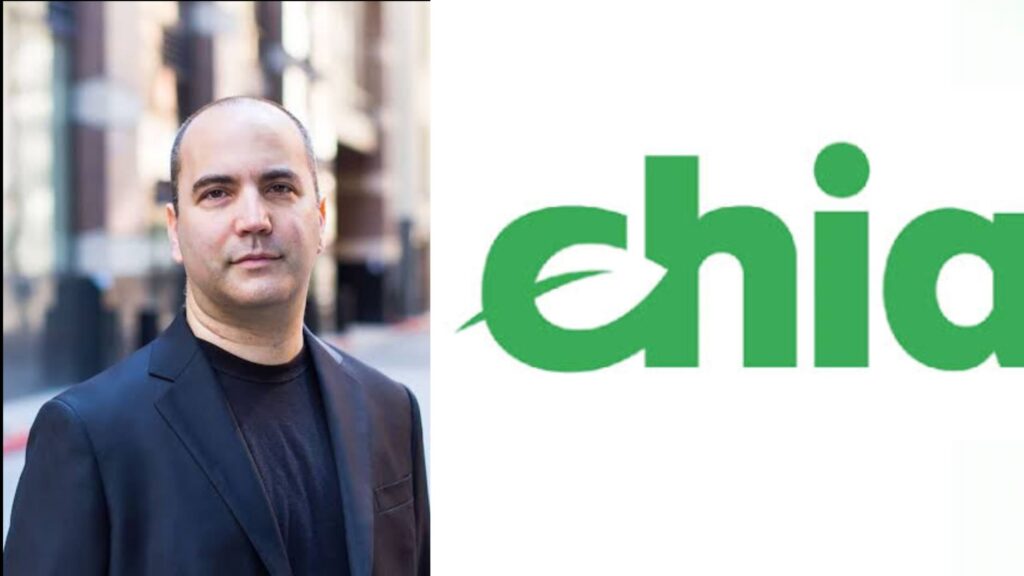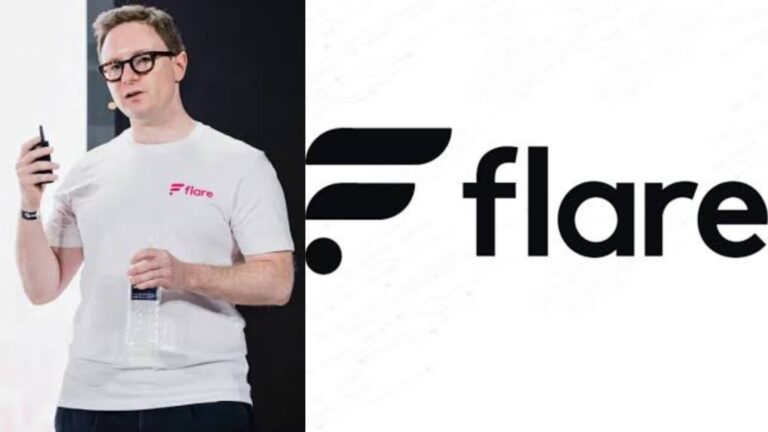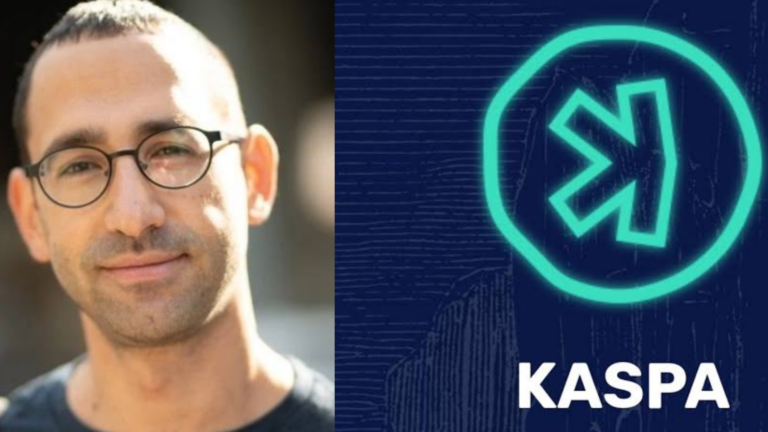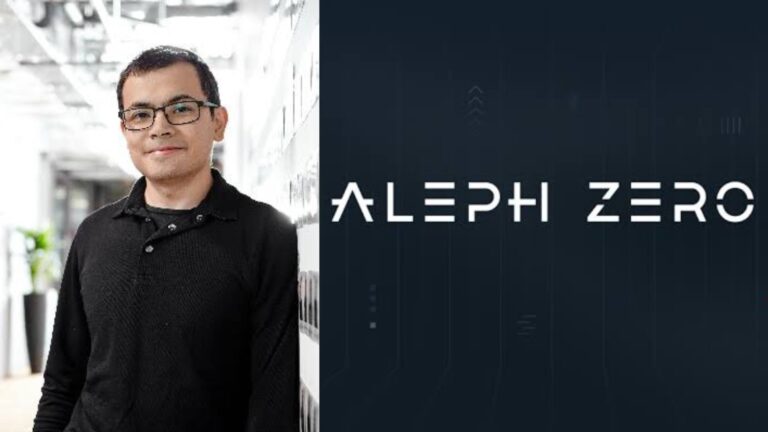Chia Explained: Everything You Need to Know Before Investing – By Founder Bram Cohen

Introduction
Chia, often hailed as the “green” cryptocurrency, has gained significant attention due to its unique consensus mechanism and its promise to offer a more sustainable alternative to traditional proof-of-work (PoW) cryptocurrencies like Bitcoin. Founded by Bram Cohen, the creator of BitTorrent, Chia aims to solve many of the environmental issues that cryptocurrencies face while still providing the same decentralized benefits.
With its innovative approach to consensus, called proof-of-space-and-time, Chia offers an entirely new way to mine and secure a blockchain. But is Chia the future of crypto, or is it just another passing trend? In this article, we will delve deep into what Chia is, how it works, its key features, and whether it is worth your investment.
What is Chia?
Chia is a next-generation blockchain and smart transaction platform. Its primary goal is to create a decentralized, secure, and sustainable cryptocurrency. Unlike Bitcoin, which relies on energy-intensive mining using computational power (proof-of-work), Chia uses a more eco-friendly system known as proof-of-space-and-time. This mechanism allows users to “farm” Chia by allocating unused hard drive space, rather than consuming massive amounts of energy to solve complex mathematical problems.
The vision behind Chia is not just to create another digital currency but to build a more sustainable blockchain platform for decentralized applications (dApps), smart contracts, and secure digital assets. By utilizing storage space instead of computational power, Chia aims to ensure that its network is both secure and energy-efficient.
Key Features of Chia
1. Proof-of-Space-and-Time Consensus
The standout feature of Chia is its proof-of-space-and-time (PoST) consensus mechanism. Instead of relying on mining farms filled with GPUs or ASICs (as in PoW systems), Chia allows participants to “farm” the blockchain by offering unused hard drive space. Here’s how it works:
- Proof-of-Space: Farmers use unused storage space (hard drives or SSDs) to “plot” Chia’s blockchain. A plot is a large file that contains cryptographic proofs. The larger the plot, the higher the chance of finding the next block.
- Proof-of-Time: This is the second layer in Chia’s consensus. Once a plot is created, it must be verified using a proof-of-time mechanism that adds a time component to each block. This ensures that blocks are added in a synchronized, predictable manner.
This method is far less energy-intensive than the traditional proof-of-work, making it a much more environmentally friendly alternative.
2. Decentralization and Accessibility
Chia’s farming model is designed to be more accessible to everyday users. Rather than relying on specialized mining equipment, anyone with unused hard drive space can participate in Chia farming. The low hardware requirements open up the possibility for a more decentralized network, reducing the concentration of mining power seen in PoW systems.
3. Low Energy Consumption
One of Chia’s key selling points is its energy efficiency. Proof-of-work systems like Bitcoin require enormous amounts of electricity, which leads to environmental concerns. In contrast, Chia’s use of hard drive space means that it consumes far less energy, making it a greener alternative.
4. Smart Contracts and Decentralized Applications (dApps)
Chia isn’t just about cryptocurrency – it’s also a smart contract platform. Chia’s blockchain allows developers to create smart contracts and decentralized applications (dApps) using its native language, Chialisp. This language is designed to be safe, simple, and powerful, making Chia an attractive option for those looking to build on its blockchain.
5. Sustainability and Eco-Friendliness
Chia has positioned itself as a green cryptocurrency by addressing the environmental issues inherent in other cryptocurrencies. Its reliance on unused hard drive space rather than energy-consuming mining processes aligns it with a more sustainable future for blockchain technology.
How Does Chia Work?
1. Farming vs. Mining
Unlike traditional cryptocurrencies, which require mining to validate transactions, Chia uses farming to secure its blockchain. Farming refers to the process of storing large files (plots) on your hard drive and then waiting to be rewarded for finding the next block in the chain. The more storage you dedicate, the higher your chances of earning rewards.
Here’s a breakdown of the Chia farming process:
- Plotting: The first step is to create “plots” using your hard drive. This requires an initial computational effort, where a user creates large cryptographic files (plots). Once a plot is created, it can be used repeatedly without needing further computational power.
- Farming: After plotting, the next step is farming. This is where you allocate your hard drive space to be used in the network to validate blocks and earn rewards. The more storage you dedicate, the more likely you are to find the next block and earn XCH, Chia’s native token.
- Rewards: When a farmer successfully finds a block, they are rewarded with Chia coins (XCH). This process helps secure the network and ensures the stability of the blockchain.
2. Chialisp: The Smart Contract Language
Chialisp is Chia’s smart contract language, designed specifically for the Chia blockchain. Chialisp allows developers to build decentralized applications (dApps) and create programmable, secure transactions. Unlike other blockchain smart contract languages, Chialisp is designed to be both powerful and secure, with a focus on minimizing errors and vulnerabilities.
Chialisp allows developers to create complex, conditional smart contracts, including those for financial transactions, governance, and tokenized assets.
Why Invest in Chia (XCH)?
1. Innovative Technology
Chia offers an innovative approach to consensus with its proof-of-space-and-time mechanism. Unlike traditional cryptocurrencies, Chia reduces the need for massive computational power and instead utilizes available storage space. This makes it a more sustainable and eco-friendly alternative to other digital currencies, which could resonate with environmentally conscious investors.
2. Energy Efficiency
The major selling point of Chia is its energy efficiency. As concerns around the environmental impact of cryptocurrencies continue to grow, Chia’s low-energy approach could give it a competitive edge in the long run, especially as governments and institutions push for greener alternatives in the blockchain space.
3. Potential for Long-Term Growth
Chia is still in its early stages, but it’s growing quickly. The introduction of smart contracts and dApps on the Chia blockchain could lead to an increase in the use cases for Chia, helping to drive demand for XCH tokens. As the adoption of decentralized finance (DeFi) grows, Chia has the potential to become a significant player in the crypto ecosystem.
4. Decentralization and Accessibility
Chia’s farming model allows anyone with unused storage space to participate in the network, making it more decentralized than traditional cryptocurrencies. This decentralized approach, combined with its low barriers to entry, could increase the network’s security and sustainability over time.
5. Experienced Founder: Bram Cohen
Chia was founded by Bram Cohen, the creator of BitTorrent, a file-sharing protocol that revolutionized how data is transferred over the internet. Cohen’s experience and reputation in the tech world lend credibility to Chia’s potential to succeed and bring innovative solutions to blockchain technology.
Risks and Considerations
1. Initial Setup Costs
While Chia is more energy-efficient than proof-of-work coins, plotting can be resource-intensive in terms of computational power. The initial setup requires a significant amount of storage space, which could mean higher upfront costs for those looking to farm Chia at scale.
2. Market Volatility
Like all cryptocurrencies, Chia is subject to market volatility. While its unique consensus model may provide some stability, the price of XCH can still fluctuate based on market conditions and investor sentiment.
3. Competition
Chia faces competition from other blockchain platforms and cryptocurrencies that also prioritize eco-friendliness, such as Cardano and Algorand. Additionally, Chia’s farming model could face challenges from mining-based blockchains, which are more established and have a larger user base.
4. Network and Ecosystem Development
Chia’s success largely depends on the growth of its ecosystem, including the development of dApps and smart contracts. If these areas fail to gain traction, Chia’s long-term value proposition could be diminished.
Conclusion
Chia presents a fresh and exciting approach to the world of cryptocurrency. With its unique proof-of-space-and-time consensus mechanism, low energy consumption, and the potential for decentralized finance (DeFi) applications, Chia has the potential to reshape how we think about blockchain technology.
For investors, Chia offers an opportunity to support an eco-friendly cryptocurrency with innovative technology and long-term growth potential. However, as with any investment in cryptocurrency, it’s important to be mindful of the risks, including market volatility, the cost of initial setup, and competition from other platforms.
If you’re looking to invest in a cryptocurrency with a focus on sustainability and are interested in the future of decentralized applications and smart contracts, Chia (XCH) could be an intriguing option to consider.




